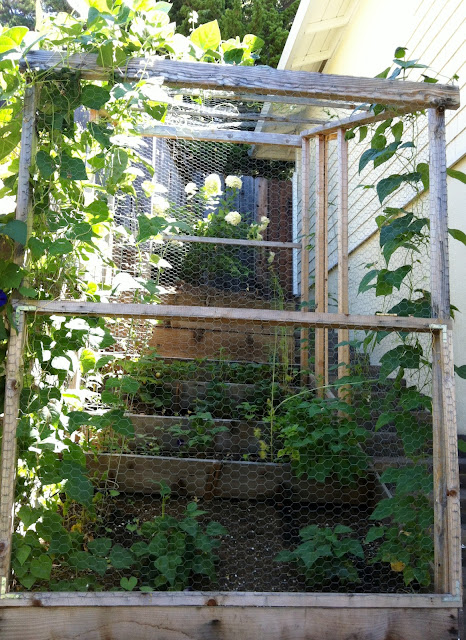Guess who is responsible for the utter gorgeousness of the photos for the book? My very own Mr. Bloom! Yes, I made all the dolls and arranged the little scenes to be photographed (in photo-lingo, that would mean I worked as the photo-stylist), but my Mr. Bloom... he set up a photo studio in our home, he set up the huge and very elaborate lighting system, and he spent endless time adjusting the lighting and made it all work. It took us many hours and many days over a period of three months to shoot the photos for this book. We bundled up in hats and warm socks, we drank many cups of coffee, nibbled cashews, listened for the baby to wake from his afternoon sleep, shot lots of photos and then edited all those photos.
How did Mr. Bloom get to be so clever about things such as setting up a photo studio with fancy lighting and everything? Well, before he transitioned to his current career, he worked as a commercial photographer. He shot advertisements for non-profits such as Catholic Charities and the American Heart Association. He shot for magazines such as American Girl, he shot home-goods for Macy's catalogs, etc... etc... Clever fellow!
We didn't take many photos to document the process of creating photos for the book, but in a moment of jubilation, I grabbed the above shot of one of our final photography sessions.
This was the result of that shot (and it's one of my favorites...)
Thank you, Mr. Bloom, for your photography magic (and for being a marvelous husband, too!)


.JPG)



















